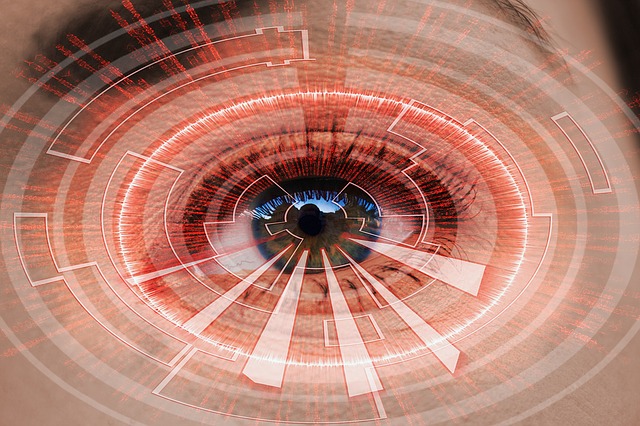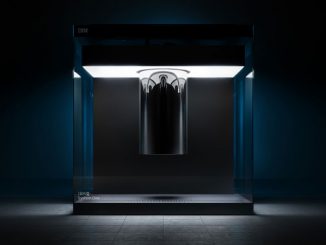
As the world faces threats that have been unheard of until now – such as AI, gene manipulation, global warming and antibiotic resistance – it’s good to know that we can still look forward to developments in technology that can help counter the problems we are facing.
IBM Research has posted their latest “5 in 5” list — what they believe as the ‘five innovations that will change our lives in the next five years’. And like a breath of fresh air, all these innovations give hope for a better future.
With AI, our words will be a window into our mental health
We use words to express our thoughts and our feelings. And sometimes, our words betray us and reveal what we don’t want others to know. This can be good, or this can be bad. But when combined with technology, it will be all good as our words will become ‘indicators of our mental health and physical wellbeing.’
By using a cognitive computer that can analyze a person’s words (whether spoken or written), then combining this speech analysis with measurements taken by wearable devices and imaging systems like MRIs and EEGs, a more comprehensive picture of a patient’s health and well-being can be seen. From this, it will be possible to detect signs of an underlying disease (such as Alzheimer’s, Huntington’s, Parkinson’s, etc.) as well as the likelihood of developing a mental illness (like autism, depression, psychosis, ADHD or PTSD). And with early detection, there’s a better chance of managing the condition. Better yet, early diagnosis can even help prevent the disease from developing at all.
Hyperimaging and AI will give us superhero vision
Right now, we’re limited to seeing only the visible part of light. But with improvements in imaging technology, imaging devices may eventually broaden our vision, allowing us to see not just visible light, but other parts of the electromagnetic spectrum as well.
Devices with hyperimaging capability already exist, like those used for medical purposes, security checks and landing planes during foggy conditions. But these are specialized equipments that cost a lot. The technology IBM is predicting is ‘portable, affordable and accessible’. In other words, devices that anyone can afford to have, and would want to have because it can give you super vision powers. With it, you can tell if food is safe to eat, or if a pharmaceutical drug is safe to take. And on the road, it can help a car see through rain or fog and avoid potential hazards.
Macroscopes will help us understand Earth’s complexity in infinite detail
A microscope allows us to see tiny details. In contrast, a macroscope will allow us to see the ‘big picture’, combining different sets of data for a more comprehensive analysis. With a macroscope system that uses machine-learning algorithms, and the Internet of Things bringing in more data from all kinds of sources, information will be organized, indexed, co-related and integrated. In other words, unsorted data will become sorted out, allowing for better understanding of physical systems and natural processes. This means we will be able to gain new insights on how to go about solving the world’s problems, from food, water, and energy availability; to global warming and climate change; to potential space-originating threats like colliding asteroids.
Medical labs ‘on a chip’ will serve as health detectives for tracing disease at the nanoscale
Through nanotechnology, it will become possible to monitor your health and any developing adverse conditions from the comfort of your own home, through silicon chips embedded in wearable devices. These chips will measure and analyze body fluids, send the information through the cloud to be combined with data from other devices like smart watches and sleep monitors, then analyzed by AI systems. Collectively, the final analysis can give an overview of a person’s health so that one can immediately seek medical intervention at the first sign that something might be wrong. And when a condition is caught early, there’s a higher chance that it can be treated successfully.
Smart sensors will detect environmental pollution at the speed of light
Instead of finding out about environmental pollutants when damage has already been done, improved sensors — along pipelines, around storage facilities, and near natural gas extraction wells — will make it possible to detect toxic leaks before they have the chance to wreak any kind of havoc on our environment.
Like we mentioned, all these innovations are potential problem solvers. And in our troubled world, it’s just what we need to stay positive and keep hoping that things can still get better.
Disclaimer: This page contains affiliate links. If you choose to make a purchase after clicking a link, we may receive a commission at no additional cost to you. Thank you for your support!



Leave a Reply